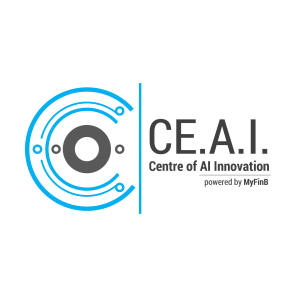
As businesses and individuals bear the increasing burden of mounting costs and rising inflation, burnout at work is a very real concern that many will likely feel they can relate to. A new method based on artificial intelligence and text analysis will soon make it possible to detect the warning signs of burnout more effectively.
While many tools and tests exist on the Internet to try to figure out if you are suffering from burnout or not, a new method based on artificial intelligence and the use of natural language processing may well offer new perspectives. Natural Language Processing (NLP) is a technology that automatically analyses sentences formulated by a human in order to make a decision or identify a specific behaviour.
In order to detect burnout indicators in texts, a large amount of data must be accumulated. The construction of this model was done by collecting 13,568 samples of anonymous texts through the Reddit platform. In this pile of stories, 352 were related to burnout and 979 to depression.
The goal of the model is to automatically detect burnouts so that they can then be prevented. So far, the method has a success rate of about 93% in identifying burnout cases.
“Automatic language processing is effective in detecting burnout while not being time-consuming, which is very promising,” Mascha Kurpicz-Briki, professor of data engineering at the Bern University of Applied Sciences in Biel, Switzerland, who is in charge of the project, said.
According to the High Authority of Health (HAS), burnout is defined as “a physical, emotional and mental exhaustion that results from prolonged investment in emotionally demanding work situations.” The main symptoms can be physical, emotional or even cognitive with the appearance of sleep disorders, anxiety or emotional fatigue. The World Health Organization characterises it by a feeling of exhaustion.
Supplement, not a replacement
As promising as the results of the model on these anonymous texts may be, the presence of a human expert should not be overlooked, according to the authors. Instead of replacing health professionals and mental health specialists, this technology must remain a support tool. The accumulation of data and its analysis can help the health professional in their decision-making, not replace them.
To definitively verify the conclusions around the model, the next step will be to use this method on real cases representative of the population and no longer use anonymous testimonies.

